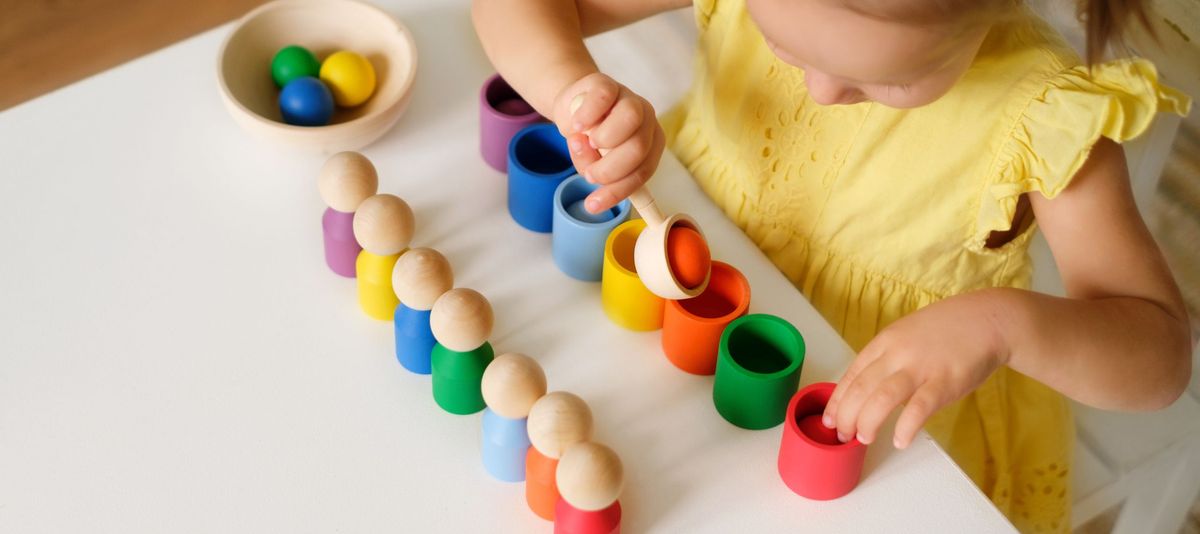The volume of a cylinder is a crucial concept in mathematics and physics. It is a measurement of the amount of space that is contained within a cylinder. The volume of a cylinder can be calculated using a simple formula, which involves multiplying the area of the base of the cylinder by its height. In this article, we will explore the concept of the volume of a cylinder in detail.
What is a cylinder?
Firstly, let us define what a cylinder is. A cylinder is a three-dimensional geometric shape that consists of two parallel circular bases and a curved surface that connects them. The height of the cylinder is the perpendicular distance between the two circular bases. The radius of the cylinder is the distance from the center of one of the circular bases to its edge. The diameter of the cylinder is twice the radius.

The formula for calculating the volume of a cylinder
The formula for the volume of a cylinder is given:
where π is a mathematical constant approximately equal to 3.14159, r is the radius of the circular base of the cylinder, and h is the height of the cylinder.
This formula applies to both right cylinders, where the height is perpendicular to the base, and oblique cylinders, where the height is not perpendicular to the base.
To understand why this formula works, let us consider a cylinder with a height h and a circular base of radius r. If we slice the cylinder into thin disks parallel to the base, each disk will have a volume equal to the area of the base multiplied by its thickness. The thickness of each disk is equal to the height of the cylinder divided by the number of disks. As the number of disks approaches infinity, the thickness of each disk approaches zero, and the sum of all the disks' volumes approaches the volume of the cylinder.
The area of the circular base of the cylinder is given by the formula:
Therefore, the volume of the cylinder can be calculated by integrating the area of the base over the height of the cylinder, which gives:
where dz is the differential height between the two circular bases.
The formula for the volume of a cylinder is an essential concept in various fields, including physics, engineering, and architecture. For example, in physics, the volume of a cylinder is used to calculate the amount of fluid that can be contained within a cylinder.
In engineering, the volume of a cylinder is used to calculate the capacity of pipes, tanks, and other cylindrical structures. In architecture, the volume of a cylinder is used to calculate the amount of space that is available within cylindrical buildings and structures.
One interesting application of the volume of a cylinder is in the design of combustion chambers in engines. The combustion chamber in an engine is typically shaped like a cylinder, and the volume of the cylinder is an essential factor in determining the engine's performance. The volume of the cylinder affects the amount of fuel that can be burned and the efficiency of the combustion process.
To illustrate the concept of the volume of a cylinder, let us consider an example. Suppose we have a cylindrical tank with a radius of 3 meters and a height of 10 meters.
We can calculate the volume of the tank using the formula:
Volume of Cylinder = π(3)^2(10)
Volume of Cylinder = 282.74 cubic meters
Therefore, the cylindrical tank can hold approximately 282.74 cubic meters of liquid.
The formula of the Cone
It is worth noting that the formula for the volume of a cylinder can be derived from the formula for the volume of a cone. If we take a cone with a circular base and a height equal to the height of the cylinder, we can create a cylinder by stacking cones of the same base radius and height on top of each other.
The volume of the cone is given by the formula:
where r is the radius of the base of the cone and h is the height of the cone. If we stack n cones on top of each other to form a cylinder of height h, the volume of the cylinder is given by:
If we let n approach infinity, the cylinder formed by stacking cones becomes a true cylinder, and the formula for the volume of a cylinder is derived:
This relationship between the volume of a cylinder and a cone is a useful concept in calculus, where it is used to derive various mathematical formulas.
Conclusion
In conclusion, the volume of a cylinder is a crucial concept in mathematics and physics. It is a measurement of the amount of space that is contained within a cylinder and can be calculated using a simple formula. The volume of a cylinder has numerous applications in various fields, including physics, engineering, and architecture. Understanding the volume of a cylinder is essential for solving mathematical and scientific problems and for designing cylindrical structures and devices.
What is the volume of a cylinder?
The volume of a cylinder is a measure of the amount of space that is contained within a cylinder.
What is the formula for calculating the volume of a cylinder?
The formula for the volume of a cylinder is πr^2h, where π is a mathematical constant approximately equal to 3.14159, r is the radius of the circular base of the cylinder, and h is the height of the cylinder.
What are some applications of the volume of a cylinder?
The volume of a cylinder has numerous applications in various fields, including physics, engineering, and architecture. It is used to calculate the capacity of pipes, tanks, and other cylindrical structures, to determine the amount of fluid that can be contained within a cylinder, and to design combustion chambers in engines, among others.
What is the relationship between the volume of a cone and the volume of a cylinder?
The volume of a cylinder can be derived from the formula for the volume of a cone. If we stack cones of the same base radius and height on top of each other, we can create a cylinder. The formula for the volume of a cone is (1/3)πr^2h, where r is the radius of the base of the cone and h is the height of the cone. If we stack n cones on top of each other to form a cylinder of height h, the volume of the cylinder is given by n(1/3)πr^2h. If we let n approach infinity, the cylinder formed by stacking cones becomes a true cylinder, and the formula for the volume of a cylinder is derived: πr^2h.
Why is understanding the volume of a cylinder important?
Understanding the volume of a cylinder is essential for solving mathematical and scientific problems and for designing cylindrical structures and devices. The formula for the volume of a cylinder is a fundamental concept in mathematics and physics, and its applications are numerous in various fields.





